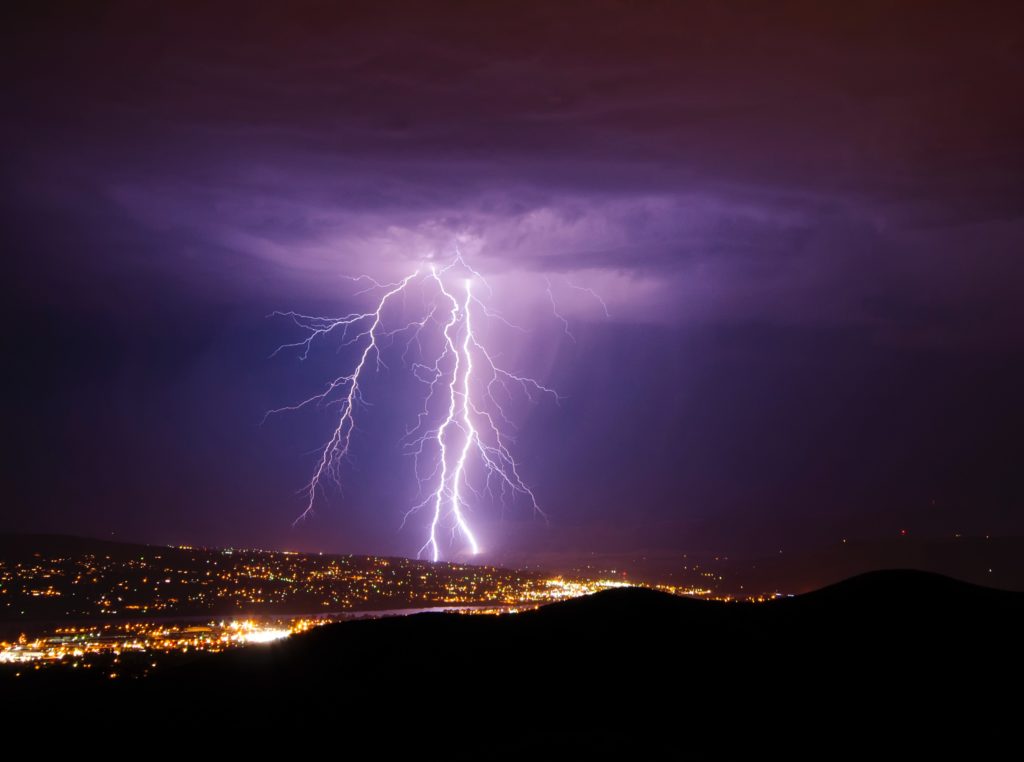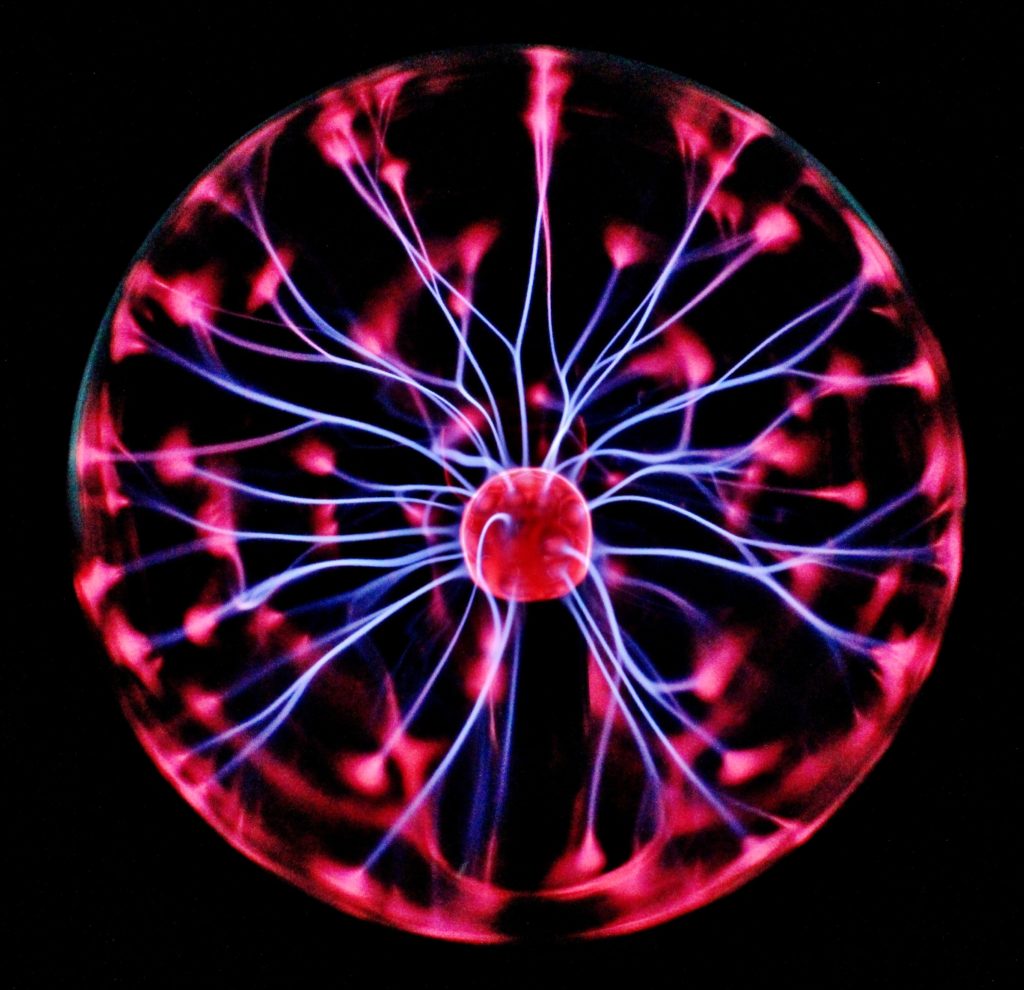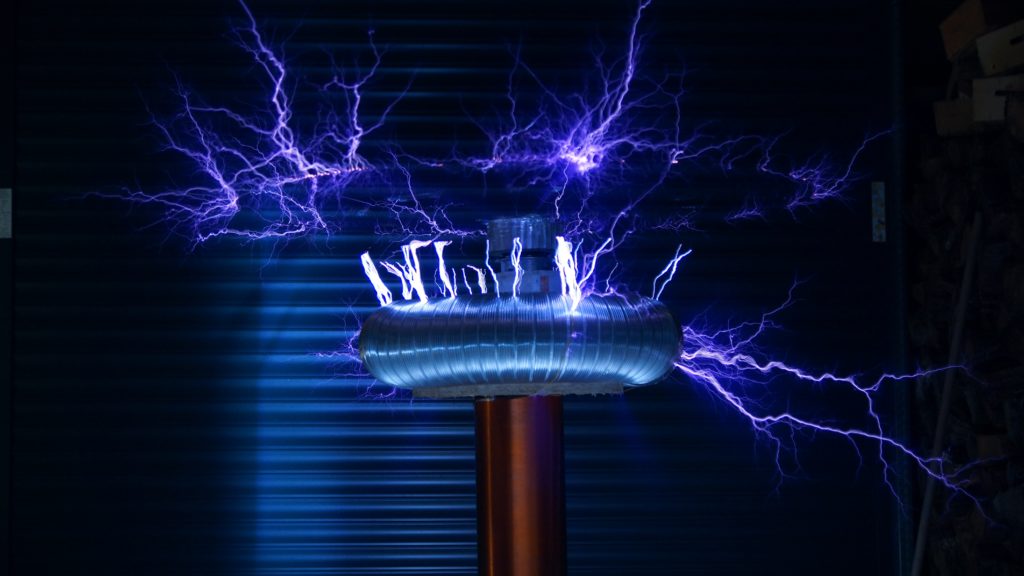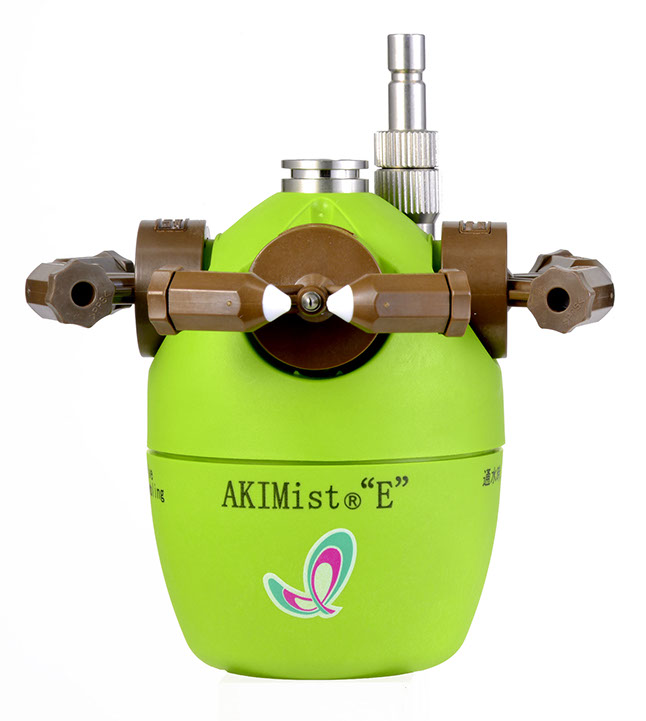January 21, 2020
How is static electricity generated

Static electricity is a potentially dangerous issue for factories. It can cause physical discomfort for workers and trigger fires, leading to costly product damage or worse.
To protect against this type of electrostatic discharge from occurring, Ikeuchi suggests installing a humidifier as one part of the larger ESD prevention solution which includes anti-static clothes, mats and papers. The increased humidity in an environment reduces static charge build up by increasing air conductivity—thus cutting down on potential hazards caused by electric discharges.
This article will help you understand more in depth how static electricity is generated and why humidification control is an important measure in preventing it.
Definition of static electricity
It is believed that all elements existing on Earth in their natural state will always generate static electricity. It can occur not only for solids elements, but also to liquids and gases.
Elements that interacts with each other can be the same or different (solid, liquid or gases), and it will still generate static electricity.
For example, lightning is static electricity generated by the friction of frozen particles of water vapor in clouds.
Another example is when gas or liquid vigorously flows through pipes or hoses, then static electricity is also generated.

A static electric charge can be created whenever two surfaces contact and separate. At least one of the surfaces must have a high resistance to electric current.
We’ve all experienced an electrostatic discharge (or shock) which results in a “shock sensation”, a slight noise of a spark and sometimes the spark can even be visible.
So what causes this static electricity?
The phenomenon of static electricity requires a separation of positive and negative charges.
All substances are atoms and combinations of atoms. The atoms include a nucleus made up of polar electrons (-) and polar protons (+).
Normally, the number of negative pole electrons and the number of positive pole protons are the same, and an electrically neutral stable state (0 V) is maintained.
For a substance to become unbalanced in electrons and protons, there are two phenomena that participate in generating static electricity:
- contact charging
- and friction charging.

Contact charging
Contact charging is a phenomenon in which two objects approach and come into contact with each other, causing a substance to be charged to the + or – pole.
In other words, the electrons in each atom start to move by contact:
- The electron (-) jumps out of one substance and the atom is now charged to the positive pole;
- The jumped out electron is transferred to the other contacting substance and becomes the negative pole.
Therefore, the atom will be charged with an excess of positive charge. This is the generation of static electricity.
Electron transfer mechanism
The electrons move from the most negatively charged body to the least negatively charged body, and the charge separation occurs at the contact interface (electron transfer mechanism). In this way, whenever two objects come into contact, charge separation always occurs and static electricity is generated.
The amount of static charge generated by contact charging is smaller than by friction charging, but in reality, electrostatic charging can also occur due to this contact charging phenomenon.
For example, a product that is in close contact with a mold during plastic molding by injection is strongly charged. An electrostatic discharge occurs the moment it is separated from the mold. Thus, when the formed product generates electrostatic discharge, traces of discharge can be seen on the surface. This is what happens when the electrostatic discharge occurs and the dust in the air is attached to it.

Friction charging
The Friction charging phenomenon occurs when materials are not just in contact, but are rubbed against each other. The material becomes charged to the + or – pole and static electricity is generated.
The principal of the electron transfer mechanism remains the same as the contact charging phenomenon.
Friction charging and peeling charging generate larger electrostatic discharge than contact charging.
This can lead to several incidents such as an explosion accident during cleaning, a failure that reduces production efficiency in the production process, semiconductors, etc.
Consequence of electrostatic discharge for manufacturers
Electrostatic incidents, such as device destruction or fire ignition, are everywhere.
For manufacturers, these incidents will impact on the production efficiency (machine destruction, fire ignition, etc.) and the quality management (product defects, mounting errors, etc.)
Investing in anti-static equipment should be a priority for sensitive working environment and factories.
Measures agains static electricity
The optimal environment to prevent static charge is when there is a high level of moisture, like in a bathroom. Static electricity will escape into the atmosphere through the moisture without accumulating and charging itself on the surface of the objects. That is why we recommend a humidification system to increase the amount of moisture contained in the air (absolute humidity).
The AKIMist® “E” humidifier system provides a complete solution for ESD prevention. It is a total humidification system which can control the precise humidity level wanted with the installation of a sensor to the control panel.
The water droplets produced from the AKIMist® “E”, are so small (<10 micron) that they bounce back from the surface they touch without bursting. This is convenient in a production setting where you want to eliminate leakage risks into expensive precision machinery.
Advantages of AKIMist® E
- Humidifying with water without wedding equipment (no water drops)
- Prevents static electricity at production site
- Easy installation by adding on to existing HVAC
- Easily adaptable to changes in the floor layout
- Its double advantage of cooling while humidifying
- Reducing product loss and scrap
- Improving product quality
- Highly energy efficient
- Low maintenance

We can help you to assess the optimal installation of a humidification system in order to improve your productivity and reduce the defect rate and the risk of fire.
Don’t hesitate to contact us
